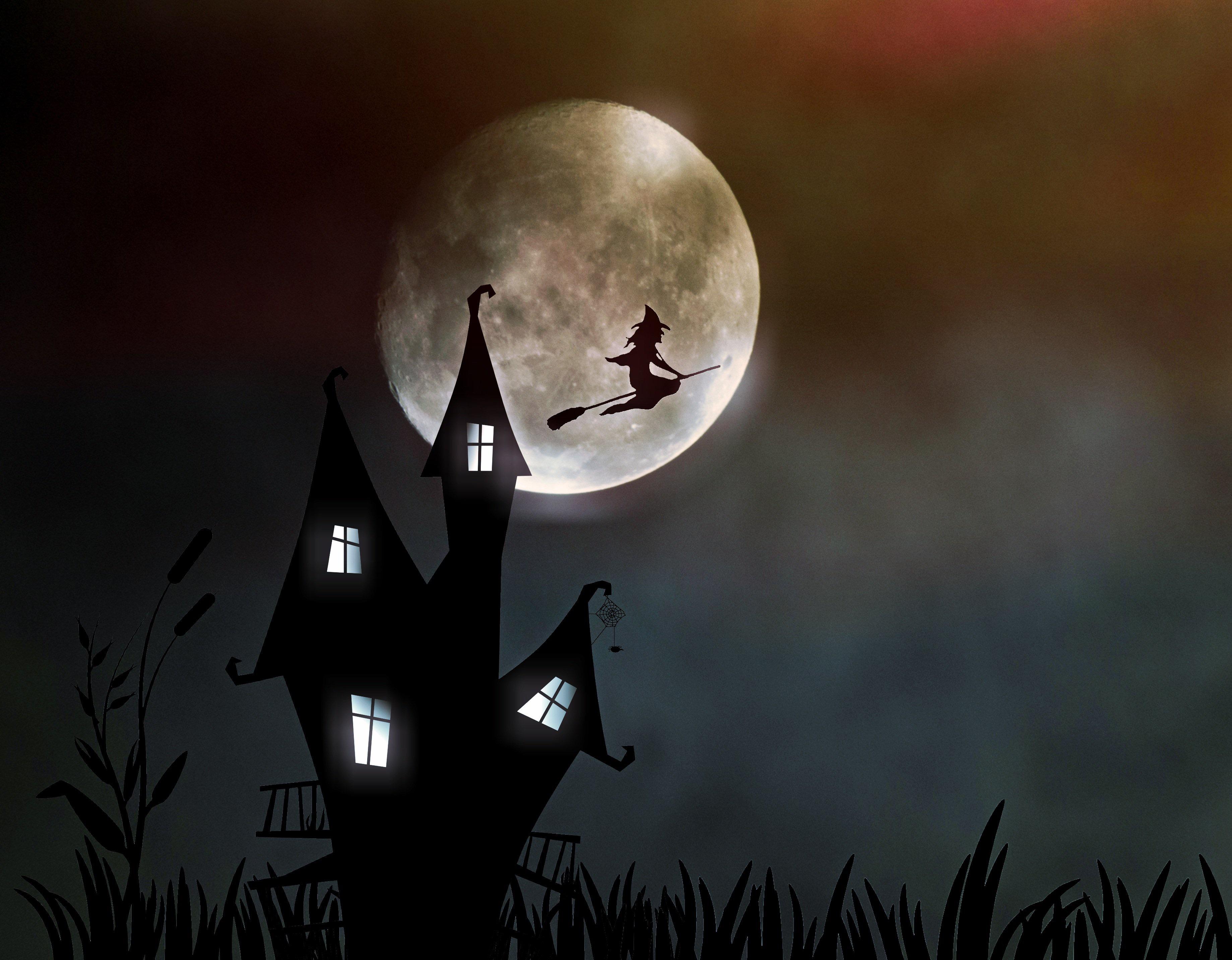Table Of Content

After the witch trials ended, Corwin continued practicing law in the general courts, dealing with cases of piracy and disputes among the citizens of Salem. Moving further into the house, I discovered a small room with a display case full of 17th-century witch trial trinkets. Some of the items were early forms of folk magic, such as Witch Bottles.
Self-guided Tour of The Witch House
There is no mention of the house being used for the examinations in any of the primary sources on witch trials but it is possible that it may have happened. As of now, there are only a few signs around the house even stating that it belonged to Jonathan Corwin and these are easy to miss because it’s so dark and cluttered in the house. I seemed to have missed every sign explaining who the house belonged to because I only saw them later while looking at other tourist’s photos of the house online. This room, and the house in general, is very dark because of the small windows and the lack of modern lighting. There are a few small lights on the walls in each room, but they don’t produce much light. Plus, the curtains on the windows in most of the rooms are drawn, probably to prevent sunlight from damaging the artifacts, but it makes it even darker in the house.
Futaba Cake Building
The main house itself also later served as an antique store called the Witch House Antiques. The house is very well preserved and it is a treat to see it up close and personal. It is a beautiful old house and walking through it feels like taking a step back in time.
1/2 Essex Street Salem, Massachusetts 978.744.8815
Despite the lack of context and information about the house, I would definitely still recommend visitors check it out. There are a lot of them throughout the house and they all have long dense passages of text which you have to squint to read in the dim lighting. It feels like you enter the house and just start squinting and reading trying to make sense of everything. The windows in this foyer provide really nice views of downtown Salem. From the left window you can see views of bustling Essex Street and North Street and from the right you have a nice view of the First Church in Salem next door. Upstairs there are two large bedrooms and another foyer in between them.
On November 1st the exhibit was supposed to be the history of Thanksgiving, but when I was there is was still the history of Halloween. When I was in this parlor, a woman who seemed to work there walked in with a few other people and started shining a small flashlight on some of the objects in the room while discussing them. If you have to use a flashlight just to see the objects on display in the house, I think it’s fair to say that the house is too dark. She also mentioned that, despite what we think today, Puritans didn’t wear black and white.
Witch Houses of the Hudson Valley - The New Yorker
Witch Houses of the Hudson Valley.
Posted: Thu, 31 Oct 2019 07:00:00 GMT [source]
Luckily, the Great Salem Fire, which swallowed up most of the city in 1914, didn’t touch the McIntire District. This meant the Witch House and a handful of other beautiful historic houses survived the disaster unscathed and remained fully intact. We tend to look up toward the skyline when we think about a city’s most beautiful buildings, but many of L.A.’s most stunning structures—and certainly its most whimsical ones—are hidden in plain sight on residential streets. Other sources state that locals starting calling it the Witch House because of its ties to the Salem Witch Trials and the name simply stuck.
Open to the public, there are guided and self-guided tours available. The Witch House was the home of Judge Jonathan Corwin (1640–1718) and is one of the few structures you can visit in Salem with direct ties to the Salem witch trials of 1692. The self-guided tour aims to not only offer a new appreciation for L.A.’s historically significant residential architecture but to create a socially distanced sense of fun during the coronavirus pandemic. I just wish they would add some information about the history of the house, Jonathan Corwin himself and his role in the Salem Witch Trials to the displays to help give the house itself some context. It would be really easy and simple to do, it wouldn’t take more than 5-10 minutes. The house is filled with random, everyday household objects from the 17th century.
Take a spooky storybook tour of L.A. with this map of witch houses
The Witch House also offers a small glance into the witch trials in which Jonathan Corwin played a large part in. The author, a Puritan minister, living in Boston, wrote several books about witchcraft that were responsible for the people of Salem catapulting themselves into the hysteria of the witch trials. Little witch pins, dark postcards showing The Witch House in spooky foggy lighting, books on the history of the witch trials and all sorts of other witch merchandise lined the walls. I stood there thinking how appalled Jonathan Corwin would have been, knowing that this was what his home had turned into. While the result was an older appearance, the house today consists of "much twentieth-century material".[1] The residence now operates as a museum by the City of Salem and is open seasonally. The Witch House never had any accused witches living in it, but it does offer a fascinating glimpse into the daily life of a person of means in 17th Century New England.
Some of the questioning took place in the Salem Village Meetinghouse (Tituba, Sarah Osborne, and Sarah Good were examined there from March 1-5), the Salem Town Meetinghouse, and local taverns. For years, many believed examinations also took place in this home on Essex Street, but there is no evidence to support that theory. In 1944, the house was slated for demolition when the street it was located on, North Street, needed to be widened. A group of local citizens formed an organization called Historic Salem Inc and funds were raised to help move the house back 35 feet from North Street to its present location on Essex Street. The house remained in the Corwin family until the 1850s when it was sold to a pharmacist named George Farrington who added a pharmacy to the side of the building.
It was really interesting but because it’s so dark in the house it was hard to see it and was even harder to get a photo of it. In the kitchen is a table with chairs and reproductions of some of the Salem Witch Trial documents on top of the table. Behind the table, the surface of the wall has been removed to expose the construction materials of the wall, which looks to be some type of brick and mortar.
Kourtney Kardashian, Travis Barker Tour 'Witch's House' in Beverly Hills - Life&Style Weekly
Kourtney Kardashian, Travis Barker Tour 'Witch's House' in Beverly Hills.
Posted: Sun, 19 Sep 2021 07:00:00 GMT [source]
These historic buildings were not protected by any kind of historical society. The only structure still standing in Salem that has a direct connection to the witchcraft trials and is open to the public is the Witch House, on the corner of Essex and North Streets. This home, built circa 1675, was the residence of Judge Jonathan Corwin in 1692. Corwin served on the Court of Oyer and Terminer, which ultimately sent 19 people to the gallows. The house is an excellent example of 17th century New England architecture, although historians are unsure of the date when it was built. Corwin family lore maintains that it was built in 1642, but some scholars claim that it was built in the 1620s or 1630s and that Roger Williams lived in it in the before he founded Providence Plantations.
I visited the house on November 1st, hoping to take a guided tour but was told they were unavailable because it was too busy that time of year. These bottles, along with sharp nails and pins, were placed inside larger clay bottles that would hang upside down over the fireplace to keep bad spirits and witches away. Other items, like bones, dolls and shoes, were placed within the walls and under the floorboards to protect the house and family from bad spirits.
She also said that you get the same information on the guided tour as you do on the self-guided tour. Crystal travels to dark history sites, dark tourism sites and historic places around the world. Living in Edinburgh for a few years while travelling around the country exploring Scotland.
I usually enjoy self-guided tours because I like roaming at my own pace, taking as many photos as I want and trying to imagine myself living alongside the place’s original residents. The citizens of Salem were utterly ashamed of the harsh witch trial stains it left on the city’s history. Fortunately, the Essex National Heritage Commission was created, and members banded together to save the house.
She told me that black paint was very expensive back then and that the house was actually dark because of multiple coats of linseed oil. The rest of the house featured textiles, furniture and information on life in the 17th century. Everything from how people ate without utensils to how children would drink beer as it was safer than water. To avoid the inevitable rush of tourists, I arrived just moments after The Witch House opened and attempted to pull open the door.

No comments:
Post a Comment